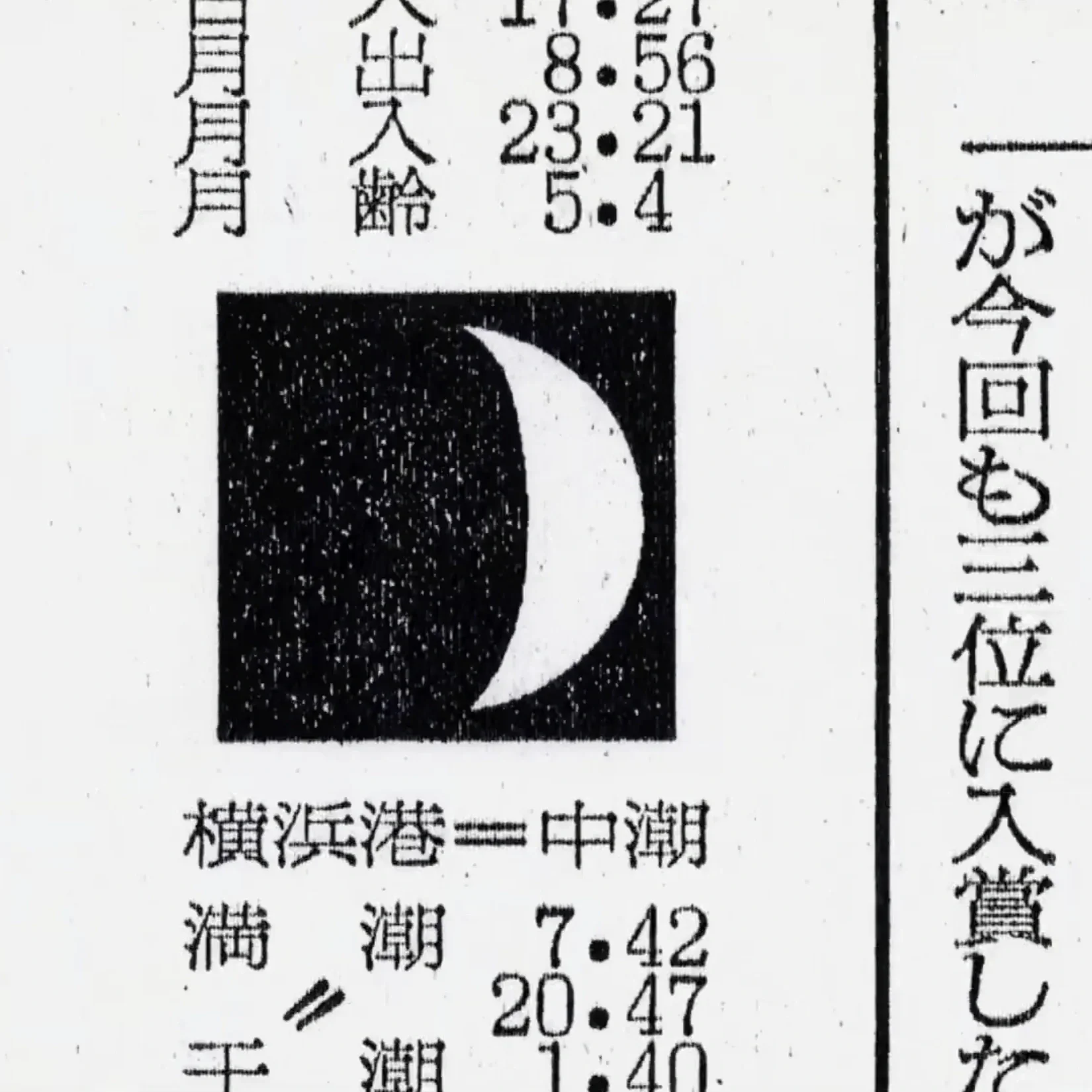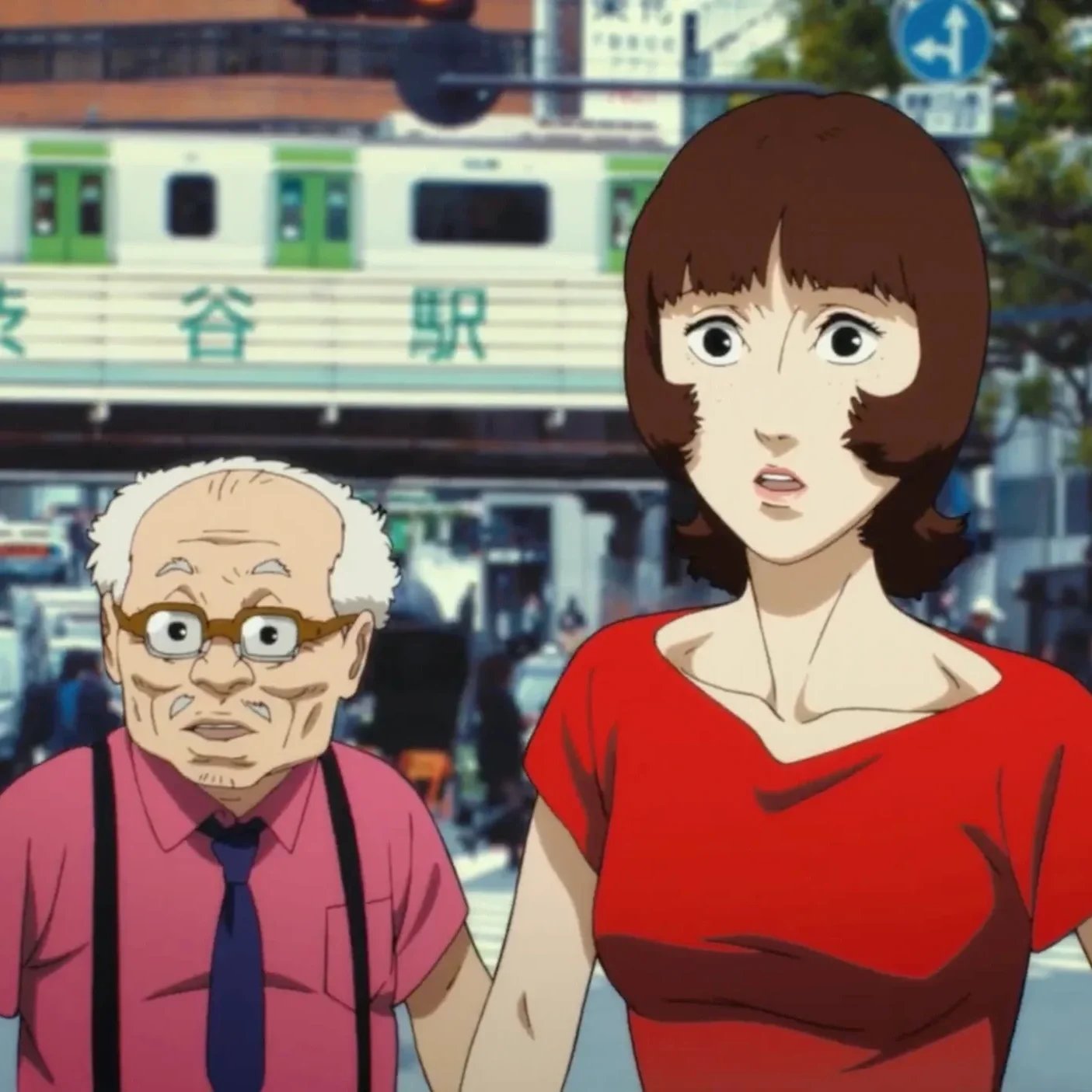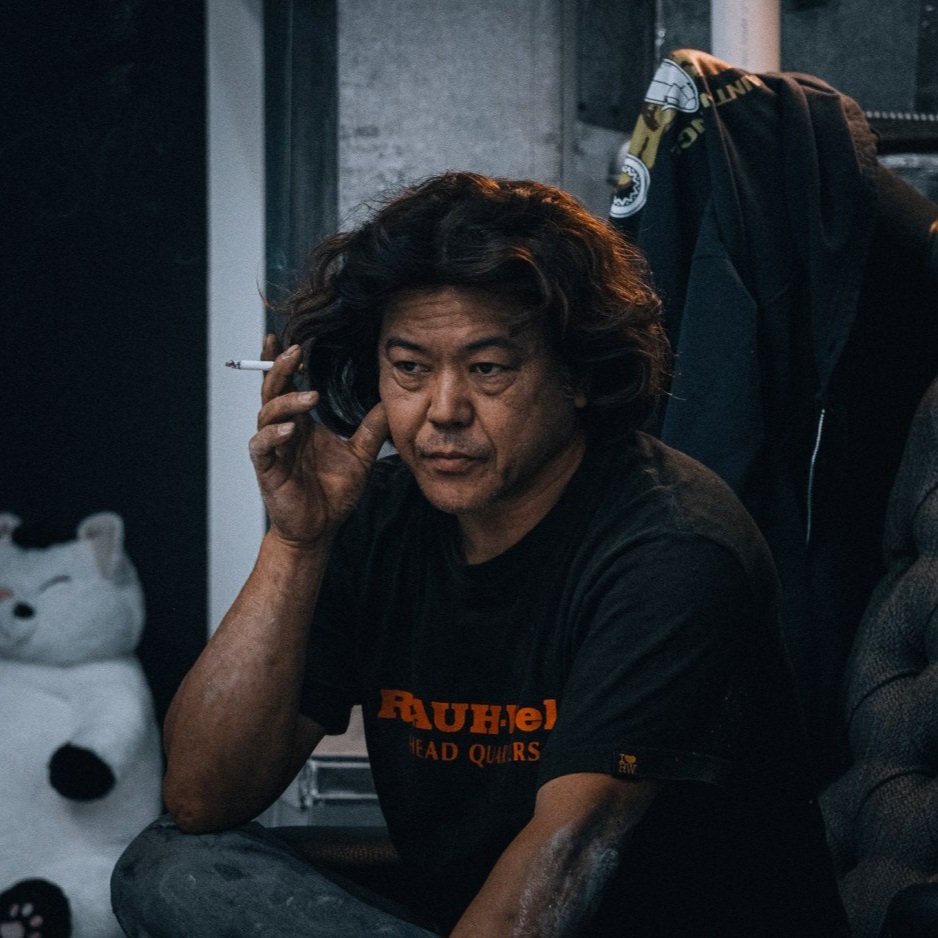How Yōshoku Became a Pillar of Japanese Dining Culture
Omurice│© Kanesue
Traditional Japanese cuisines like sushi and udon would probably first come to mind for many people when talking about food culture in Japan. Called washoku, these traditional Japanese foods are usually known for being healthy, nutritionally balanced, and have a unique umami flavor. However, as much as sushi and soba make up an important part of its food culture, yoshoku, the Western-style Japanese cuisine, has become synonymous with Japan’s culinary culture. Since the dawn of the Meiji era in 1868, Western cuisine started to seep into Japan which was only patronized by the privileged class like the political classes and the wealthy. Yet over time, yoshoku emerged as an attainable form of Western cuisine for ordinary people which eventually took root in the dietary of Japanese food culture.
What is Yōshoku?
Kare raisu, hambagu, omurice. Quite like curry rice, hamburger steak, omelet that we call in English but not quite the same. They are in the style known as yoshoku, Western dishes recreated through a Japanese lens to adapt to their palate. Unlike pure Western-style cuisine, yoshoku dishes are a fusion of Western cuisine with Japanese cooking methods. Developing itself as a completely new Japanese-style cuisine, nostalgic yoshoku dishes like omurice, tonkatsu, and hambagu have been much loved by generation after generation till the present day.
Omurice, a combination of omelet and rice, is perhaps the undisputed star of yoshoku. An egg omelet wraps the chicken rice and is sauced with gleaming tomato ketchup. Often featured in okosama-ranchi, meaning kid’s meal in Japanese, omurice is fun to eat for the soft expanse of fluffy egg and the lashings of ketchup that you can decorate yourself.
Tonkatsu perhaps best represents the early development of yoshoku. This deep-fried pork cutlet was initially inspired by the French cutlet côtelette de veau but is unique for its thickly sliced pork loin that is breaded in panko/breadcrumbs and deep-fried like tempura. Usually served with shredded cabbage and Worcestershire sauce, the dish was first invented by the restaurant Renga-tei in Ginza which is still in business today.
Tonkatsu│© Michael Saechang
Hambagu, meaning Japanese Hamburger steak, is much like the meat patties we find in hamburgers. It is a popular dish enjoyed both at home and in yoshoku restaurants and usually ranks high as the favorite dish for many Japanese children. Made from a blend of minced beef and pork kneaded together with sauteed onions and panko/breadcrumbs, it is served with a variety of sauces and toppings, from wafu-hambagu (soy sauce-based sauce with grated daikon) to demi-glace hambagu.
Common yoshoku fast food restaurants that we see in Japan include Denny’s, Joyful, Saizeriya, Bikkuri Donky, and Royal Host. These popular family restaurants took off from the inspiration of American-style family diners during the 1970s and positioned themselves as fun places for families to relax and dine out. The relatively affordable and reasonable prices of those restaurants make them a popular casual dining place for families with children.
On the other hand, there are also long-standing yoshoku restaurants that have been running for almost 150 years. Restaurants like Gotoken in Hokkaido which opened in 1879 and Ueno Seiyoken in Tokyo which opened in 1872 are still in business today. Ueno Seiyoken which is famous for its gleaming demi-glace sauce and consommé soup, for example, was well-loved by many literary giants including Osamu Dazai, Shibusawa Eiichi, and Yukio Mishima.
Ueno Seiyoken│from Wikimedia Commons│© LERK
Influence of Western Food in Early Japan
As Japan opened the country to outside visitors at the end of the Shogunate, it saw the need to gear its activity toward understanding Western cuisine. Serving the foreign diplomats and guests the comfort food they were used to eating was Japan’s way of extending hospitality not just to entertain them with traditional Japanese cuisine. Thus after Japan started to open to the world and exchanges with Westerners deepened, fine Western-style cuisine started to spread in Japan. In addition, Western-style hotels and restaurants that serve Western cuisine began to open across Japan to better receive foreign dignitaries.
How Yoshoku Developed in Japan
As such, Western cuisine was readily accepted by many people in Japan. However, in the early Meiji period, it was only the privileged class who was able to taste the sophisticated Western-style cuisine. In addition, ingredients like butter, milk, beef, and pork were still not readily accessible in Japan, making it harder for ordinary people to taste Western cuisine initially. However, when the Great Kanto Earthquake hit in 1923, restaurants were destroyed, business was halted, and many cooks lost their jobs.
In such a social backdrop, cooks in Tokyo and Yokohama decided to open their own yoshoku restaurants which accelerated the development of unique Japanese yoshoku dishes across the region. Ingredients like flour, corn, and butter also became more accessible for commoners as foreign countries sent quantities of food to aid Japan. Combining the limited Western ingredients that were available with their familiar Japanese ingredients and cooking methods, cooks evolved the Western-style Japanese cuisine that suited Japanese tastes and customs which came to be known as yoshoku.
Denny’s Tokyo│© Ian Muttoo
How Yoshoku Became Part of Japan’s Dining Landscape
With the upsurge of restaurants and department stores around the Showa era (1926-1989), yoshoku became more prominent in the city which the general public could now easily taste and enjoy. Department stores stocked imports from Europe and America which changed the dietary lifestyles at family dinner tables. Western-style condiments like tomato ketchup — indispensable when making omurice and spaghetti napolitan — and mayonnaise — the key ingredient to potato salad and macaroni salad — became more common in Japanese cooking. Ready-to-eat frozen yoshoku foods like retort-pouch curry, croquettes, and hambagu started to appear on family dinner tables. Home cooking books and women’s magazines started to feature many writings and recipes about yoshoku that would suit the flavor of rice.
Department store diners also attracted many Tokyoites’ attention where many family restaurants displayed a wide variety of yoshoku samples in a glass case at the restaurants’ entrances, a uniquely Japanese sight. In all its variety, yoshoku excited many people for its stylishness and diverse selection. Eating yoshoku at department store diners marked a special and cherished moment for families to eat out together and share happy quality time. Menu like okosama-ranchi, a kid’s meal with a selection of small portions of yoshoku dishes served on one plate, was created around 1930 by Nihombashi Mitsukoshi restaurant which became a big hit. At schools, yoshoku meals like meat sauce spaghetti, curry rice, bread rolls, and fried fish also became incorporated, which further established yoshoku as a staple part of Japanese food culture.
Yoshoku marks an important part of modern culinary culture in Japan that holds its roots back to the Meiji era. For many Japanese children, yoshoku dishes like kareraisu, hambagu, napolitan often ranks as their top favorite food. For older generations, yoshoku evokes nostalgic feelings that bring them back to the first time they tasted Western cuisine. In a way, yoshoku is a soul and comfort food that largely influenced how people in Japan eat. While incorporating a Westernized diet, we never completely abandoned our roots and the traditional Japanese cuisine styles which allowed us to create our uniquely localized yoshoku.











The humble Chinese noodle soup transformed into Japan’s beloved comfort food.